
Editor’s note: this article originally appeared in last week’s Singletracks email newsletter. It’s free to sign up, and you’ll receive original content just like this in your inbox each week.
As a mountain bike journalist, generative artificial intelligence (AI) is both amazing and terrifying. Ask for information or a recommendation, and AI provides (what appears to be) exactly what we need.
I get a lot of emails from readers asking which bike they should buy, and while I do my best to reply to all of them, it’s a hard question to answer given all the variables involved. Could AI do a better job taking into account all of the bike reviews ever published and, based on that information, provide the perfect recommendation? Early trials were not successful.
Sometimes, the bot would make up mountain bike builds that don’t exist. More often than not, it would recommend bikes that are two or three generations old. (Fortunately, today’s AI models are built on more up-to-date information.)
So I pivoted to what I thought should be a simpler idea: a tire bot. Tires make a huge difference when it comes to on-trail performance, and I figured with fewer variables involved, a bot should be able to provide particularly helpful recommendations. But I ran into roadblocks here, too, notably a lack of variety in the responses. I guess I shouldn’t be surprised that AI thinks the Maxxis Minion DHF is one of the best tires for trail riding, especially since I wrote something to that effect just last year. Well, at least its data set is up to date now.


I recently asked a chatbot, “Which mountain bike tire do you recommend for a trail bike riding in the front range of Colorado?” I told the bot to cite sources, and one of the tires it picked was the Maxxis Aggressor based on a link to this Singletracks article. “That’s kinda cool,” I thought. Until I re-read the article and found that it didn’t mention the Aggressor, or even Colorado for that matter.
Many writers are rightly concerned about generative AI putting them out of a job, but as a mountain bike journalist I’m not too worried. There will always be the need for a person to ride the bike, to experience the trails, and to find the riders who are quietly building cool stuff. And though Singletracks isn’t planning to hire an AI staff writer anytime soon, our AI minions are dutifully transcribing interviews and tagging photos, allowing us to test more bikes, ride more trails, and chase more leads.
No, our jobs should be secure for a long time, at least until the robots can learn to ride bikes. Oh, wait.
Sign up for the free Singletracks newsletter to get exclusive content like this delivered via email each week.





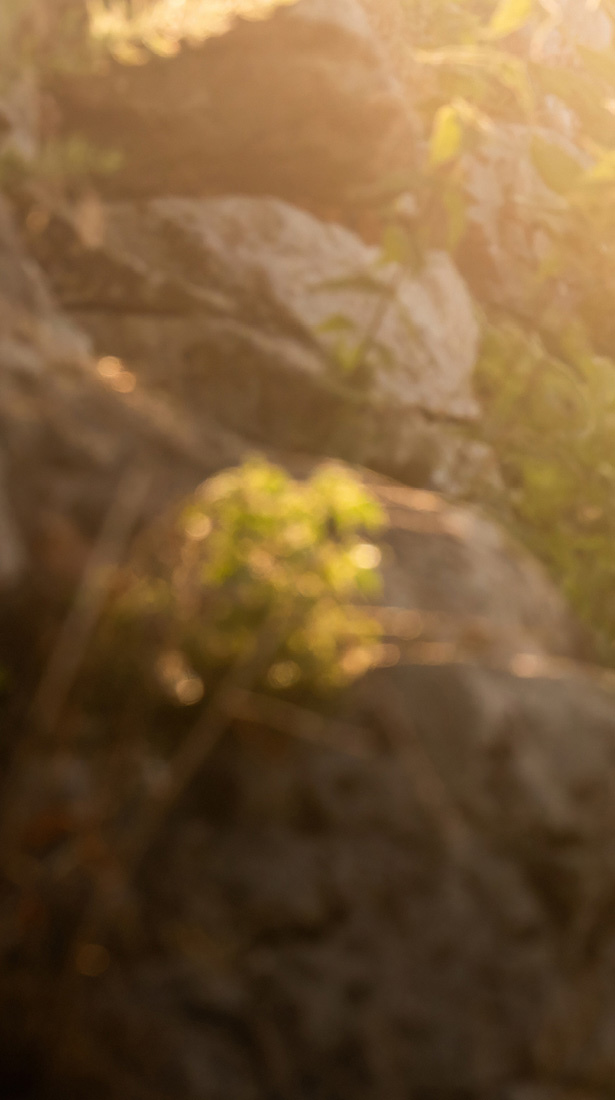
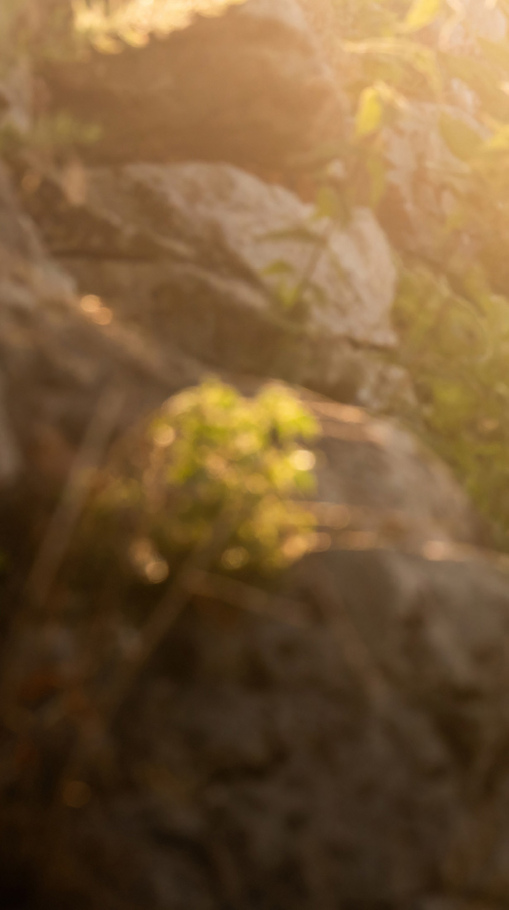
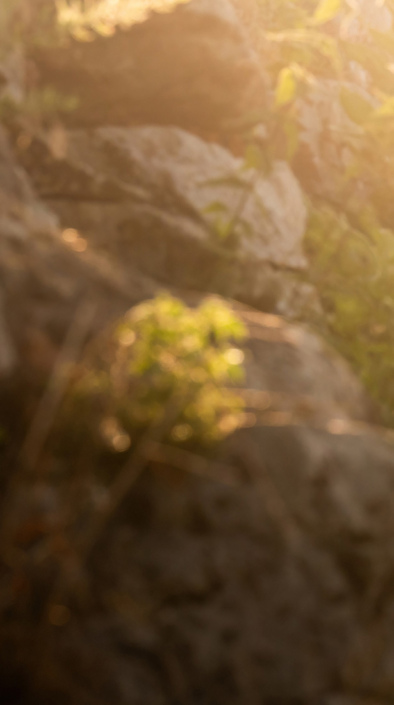
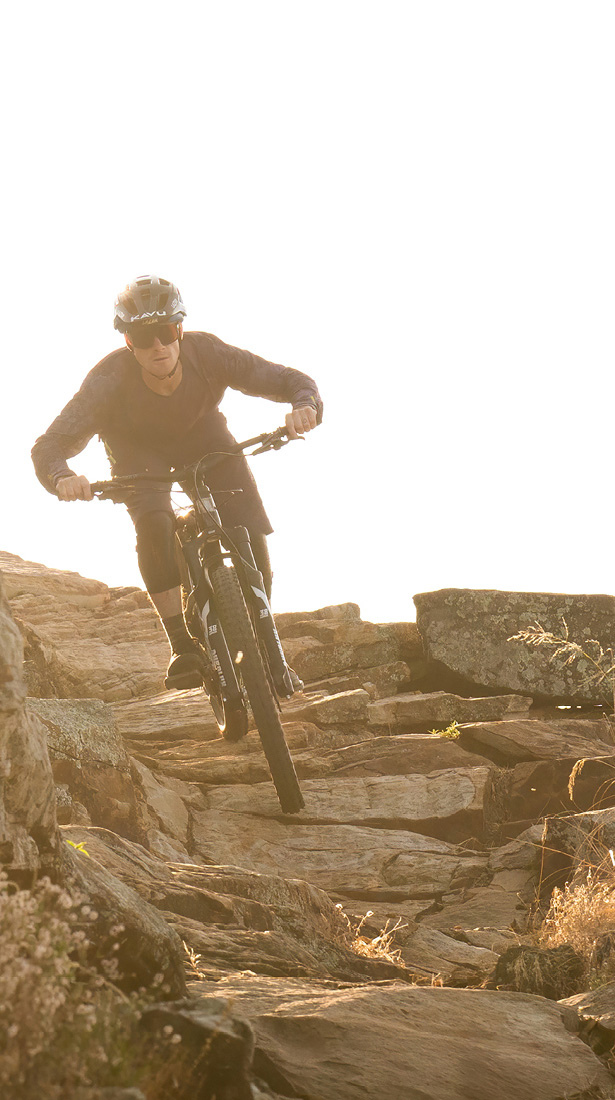
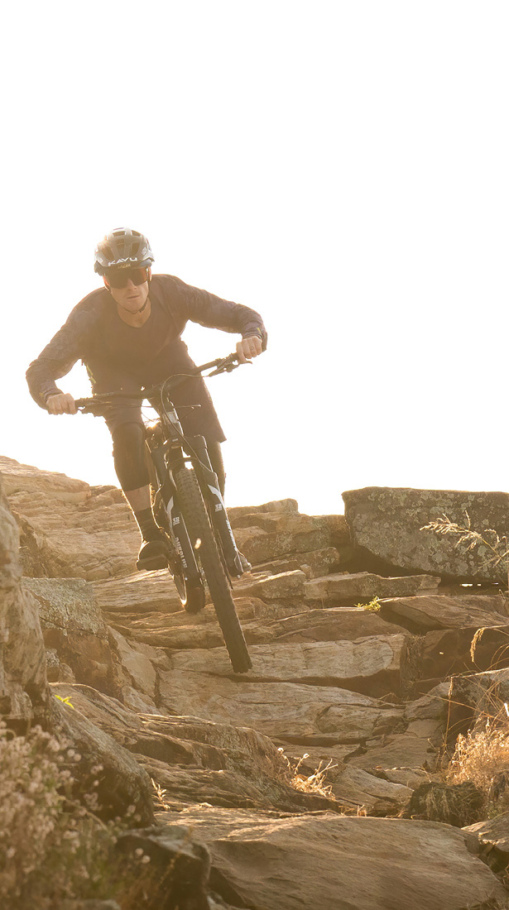
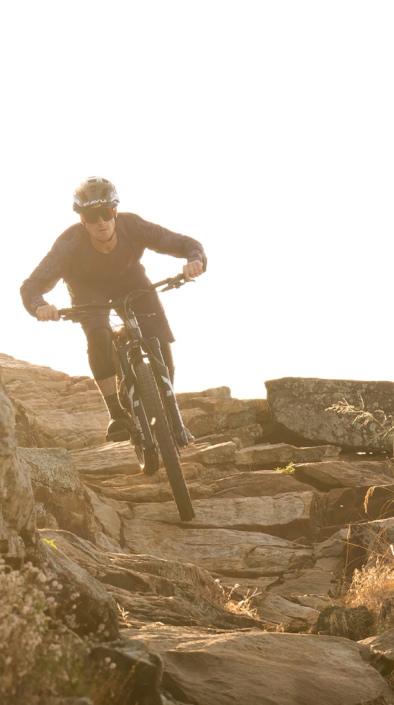



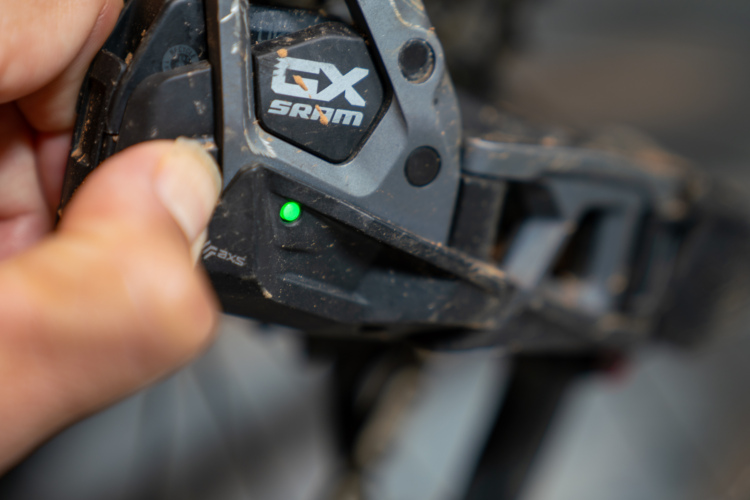

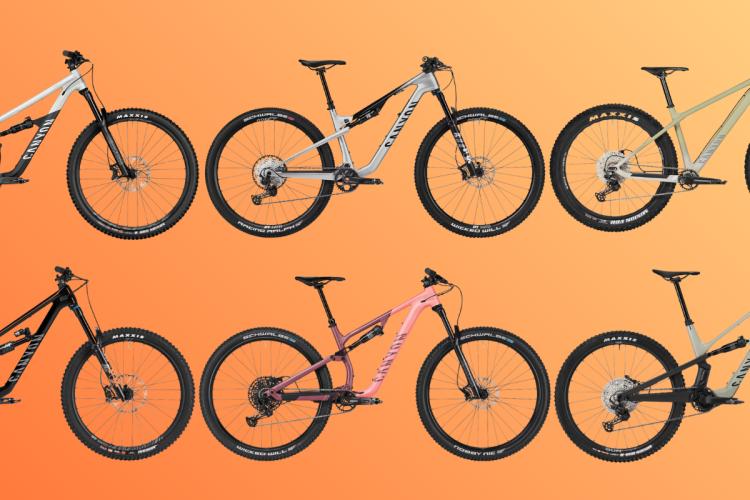
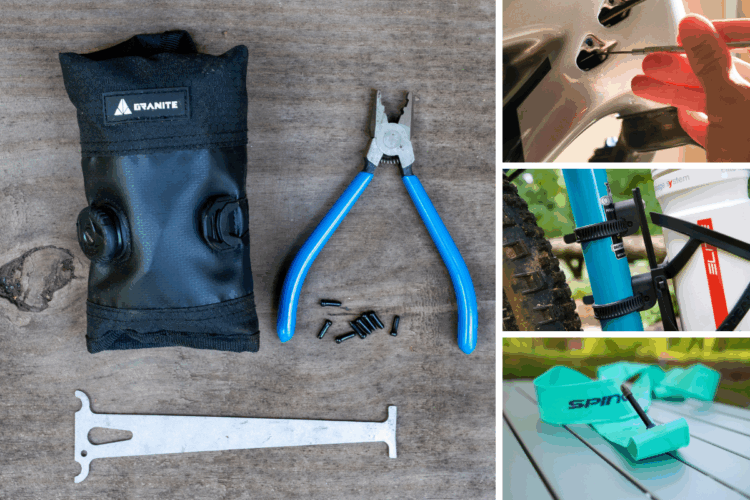
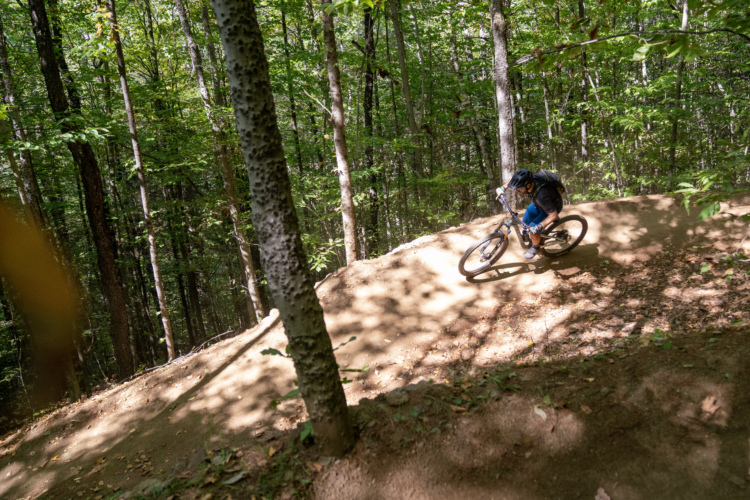


1 Comments
Oct 15, 2024